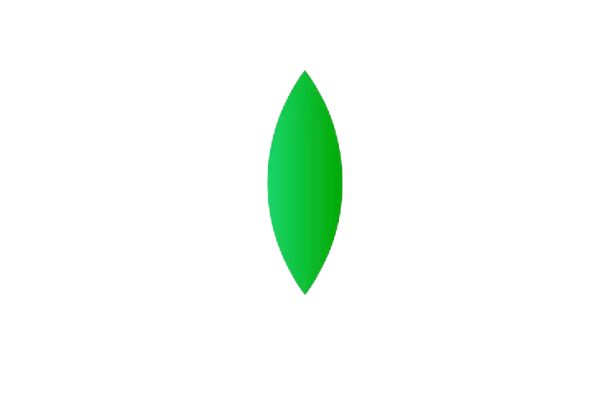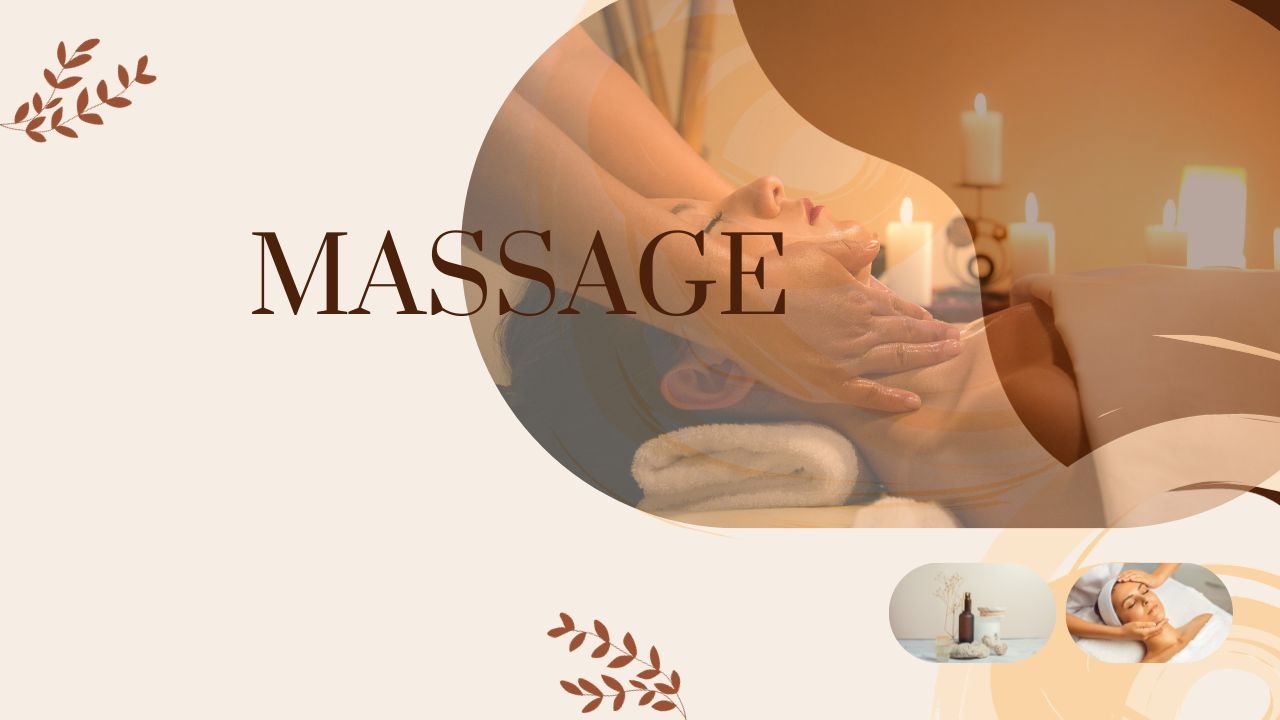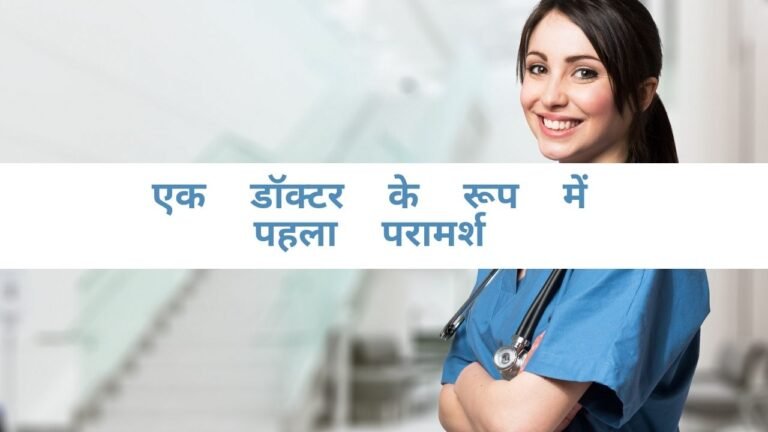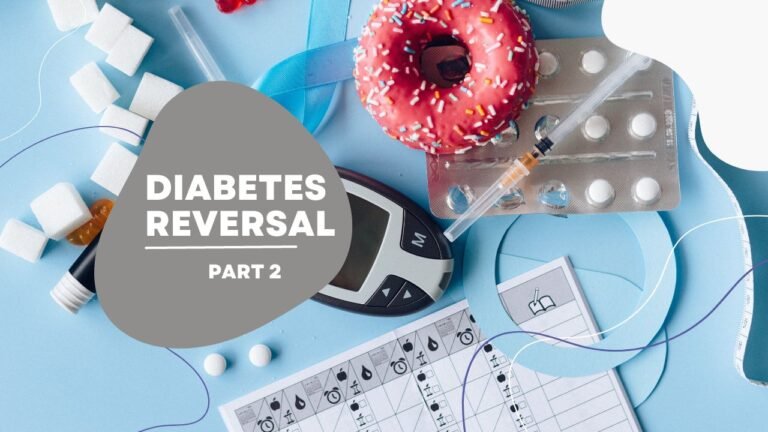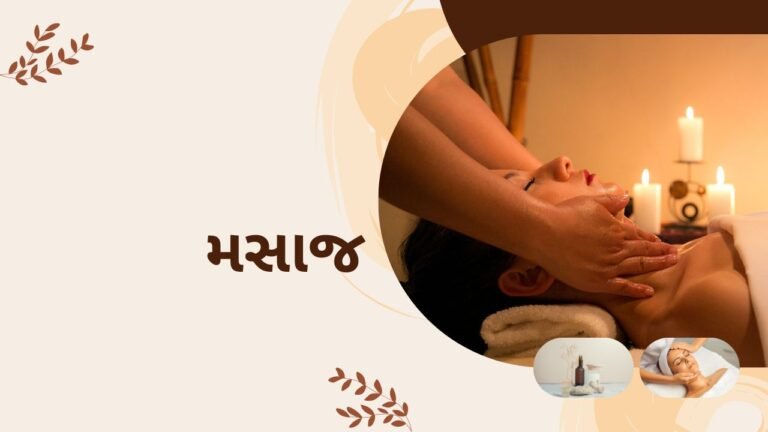MASSAGE
MASSAGE
The act of massaging and kneading the body’s muscles and joints using the hands, especially in order to relieve stress or pain. Scientifically , massage involves applying pressure to the body and manipulating it with tension, motion, or vibration, either manually or with the help of machinery. This pressure can be structured, unstructured, stationary, or moving.
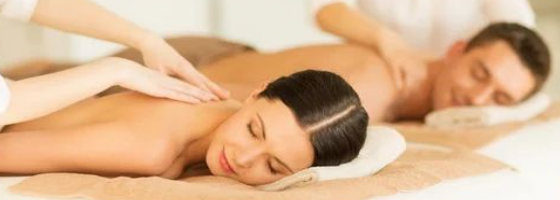
To understand what does massage means that anybody cannot just turn up and rub or knead the muscles it requires proper scientific techniques to do so. If certain unskilled person does the massage without a proper guidance the client has to face muscle clogging or blockage of tissues. It is necessary to consult a proper massager ,doctor or expertise.
Massage can be used for general relaxation , improve blood circulation , joint pains , etc.
TECHNIQUES OF MASSAGE
There are 5 basic techniques of the massage which are as follows:
Kneading
When you knead, you apply pressure to various body parts using your thumbs or your palms. The purpose of this technique is to move the muscle away from the bone, which helps to lessen muscle spasms. Kneading is known technically as Petrissage.
Asking the customer about their preferences is one method of determining how much pressure and pace to use when conducting a massage. If not, you should start by altering the pressure and speed in response to the client’s reactions as you massage them.
Keep in mind that as a therapist, you should always make sure the individual receiving the massage is not in pain or uncomfortable. Work your way into it as your client instructs you, starting with light pressure and slower rates.
Tapping
In tapping technique , the hands can be cupped so that only the tips of the fingers and the edges of the palm touch the skin, or they can be laid side by side and tapped on the skin. You can modify the procedure to tap in a specific way if that seems more comfortable for your client. The scientific term for this is also known as Tapotement.
Another thing to keep in mind when employing the tapping technique is to tap quickly and rhythmically. Depending on how much pressure you use and how your customer prefers it, you can also bend or straighten your hand.
Since tapping massage is one of the greatest methods for enhancing blood circulation in the body, it is frequently utilised in sports massages. The back, thighs, and buttocks are the main areas of the body that are tapped during this massage by the massage therapist.
Rubbing
As the name implies, the rubbing technique primarily calls for the use of thumbs, which are often moved in a circular pattern while exerting pressure. This technique is used to relieve muscular and joint discomfort as well as to increase blood circulation throughout the body. Another word for this can be used as Friction.
When you rub the skin with your thumbs, you are essentially treating certain areas of the body, particularly those with stiff muscles or painful joints. To ease stiffness and/or discomfort in the deeper levels of the muscular tissues, rubbing can be integrated into a deep tissue massage at a higher pressure.
As long as you’re utilising two thumbs, rubbing can be done using a variety of movement patterns.
Shaking
This technique resembles tapping in several ways. You are instructed to lightly shake the muscles at a fairly quick pace to simulate a vibration travelling through the area, either using your hands across a wide surface area (such as the back, for example), or your fingers (across the face). Another word for this technique can be used as Vibration.
Since the main goal of this technique is to give a calming sensation for the body’s muscles and nerves, it normally doesn’t require a lot of pressure. Many therapists have also advocated using this method to massage over scar tissue as well as around it.
Therefore, using the vibration approach is appropriate if you are massaging a person who is sensitive to higher intensities of pain. The customer won’t feel any discomfort, and it will also give their exhausted nerves the much-needed rest.
Stroking
It involves applying light pressure on the skin with your hands. This technique involves gliding the hands over the body while keeping them flat; for added comfort, oils or creams may be used. The scientific term used for this technique is Effleurage.
To maximise the client’s comfort and relaxation during a massage, stroking is frequently applied at the start and end of the session. The purpose of this method is to relax the muscles in preparation for other, more severe procedures while also promoting blood flow to specific body regions.
Simply start by massaging the body with gentle, calming strokes while keeping your hands open to do this method. To softly massage the skin, utilise circular motions. If the client requests it, you can slightly increase the pressure.
The method can be applied to the body to release tension and muscular knots by applying a little bit extra pressure. This method is frequently employed in a variety of massage techniques, including as Swedish massage.

BENEFITS OF MASSAGE
Now-a-days massage is widely available and viewed as an important tool in promoting mental and physical health. Generally, there are 2 types of benefits i.e Mental and Physical .
Some specific conditions that massage can help include:
- Anxiety
- Depression
- Digestive disorders
- Fibromyalgia
- Headache
- Insomnia
- Nerve pain
- Postoperative care
- Scar tissue
- Soft tissue strains and injuries
- Sports injuries
- Temporomandibular (TMJ) disorders
In Physical benefits:
Most patients find that massage therapy is an essential component of their individual medical treatment plans to aid in their recovery to normal daily activities. For instance, massage therapy is beneficial following an injury or joint replacement surgery.
Includes:
- Improved circulation
- Decreased muscle stiffness
- Decreased joint inflammation
- Better quality of sleep
- Quicker recovery between workouts
- Improved flexibility
- Less pain and soreness
- Strengthened immune response
In Mental benefits:
Additionally, massage has several advantages for mental wellness. Even those who are only interested in the physical advantages report feeling less anxious after receiving a massage.
Includes:
- Lower stress levels
- Improved relaxation
- Improved mood
- Decreased anxiety
- More energy
- Increase feeling of wellness
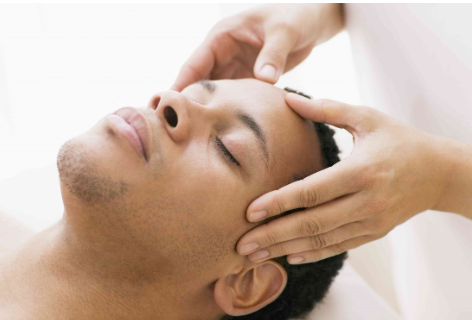
NEED OF MASSAGE FOR DAILY LIFE:
- Replacement of exercise
- For strained eyes
- For flexibility of muscles
- For improving blood circulation
- For mood upliftment
- For menopause phase of women
- For general relaxation of body
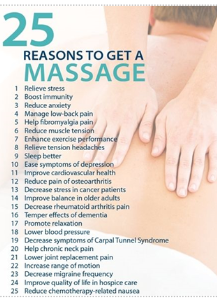
MASSAGE IS GIVEN TO WHOM AND WHY?
Massage is usually given to new born babies and the old aged individuals.
The new borns usually need daily massages for improvement of muscles. As they’re in their growing period that’s physical growth a constant pressure should be applied on baby’s body and joints for the nourishment.
The old age people or the individuals aging after 40 needs weekly or frequent massages for their joint pains or body muscle relaxations for their daily hustle or the issues regarding body.
Also the massages are beneficial for the ones having skin diseases or issues with the neem oil or any herbal oil as per their skin requirement. The dry massage is also given as per their skin problem.
WHAT IS ACUPRESSURE?
Acupressure is a type of massage that works to relieve muscle tension, improve blood flow, and encourage deeply relaxing states of consciousness. Acupressure has been shown to be useful in treating illnesses like fibromyalgia as well as relieving headaches and backaches. The acupressure treatment also promotes soft tissue healing, which speeds up recuperation.
Acupressure is performed using fingers gradually pressing onto key points around the body to simulate pain relief and muscle relaxation.
